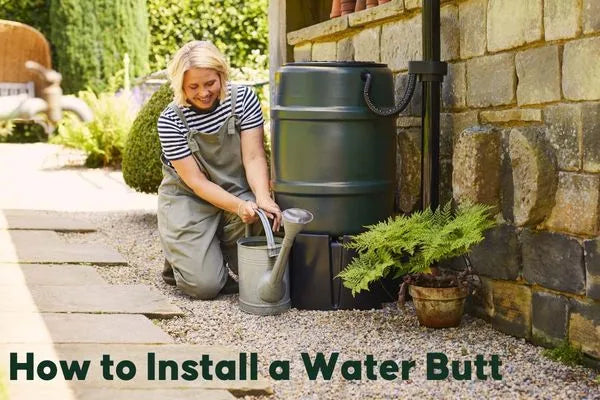Water butts should be placed on a flat, even surface to allow even distribution of weight.
Choose an area of level ground, close to a downpipe, and position your water butt next to it. Now, measure the height of your water butt on the downpipe, and make a cut 3 or 4cm below this marked height, using a hacksaw.
From here, you can attach the rainwater diverter onto the bottom of the downpipe, at the cut section. It should fit securely.
Now, use a tape measure to measure 8cm down from the top of your water butt, and mark the spot. On this spot, drill a hole for the water butt connector, and simply attach this connector to the water butt by pushing it through the hole you have just drilled.
Finally, attach the water butt connector to the rainwater diverter using the fittings that come included with the water butt, and put the lid on top of the water butt, locking it into place.
When using your water butt, consider the following safety issues:
- Ensure you keep the lid fitted on your water butt for safety reasons and to keep insects, pests and debris out.
- Most water butts feature a lockable tap to prevent any mishaps, especially around young children or pets.
- Make sure the water butt is safely and securely attached. When empty, water butts are light enough to topple over.






